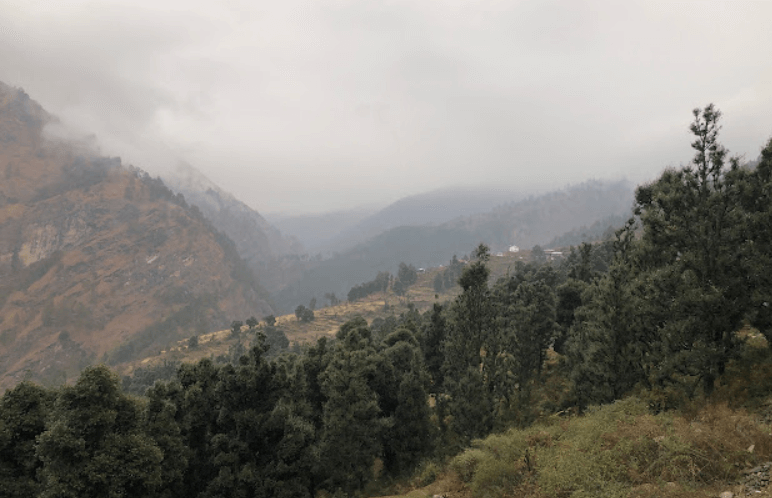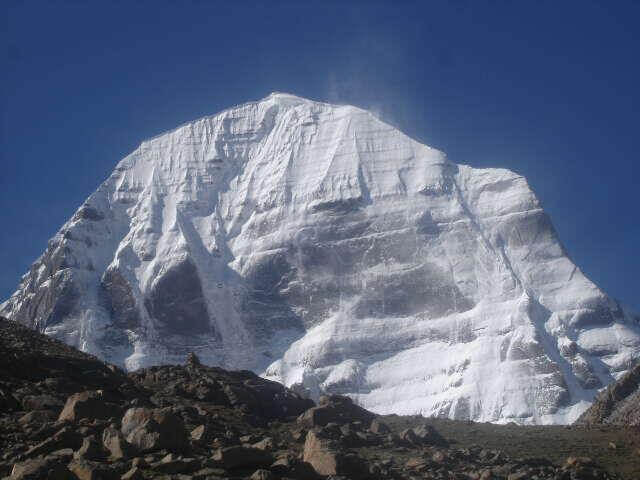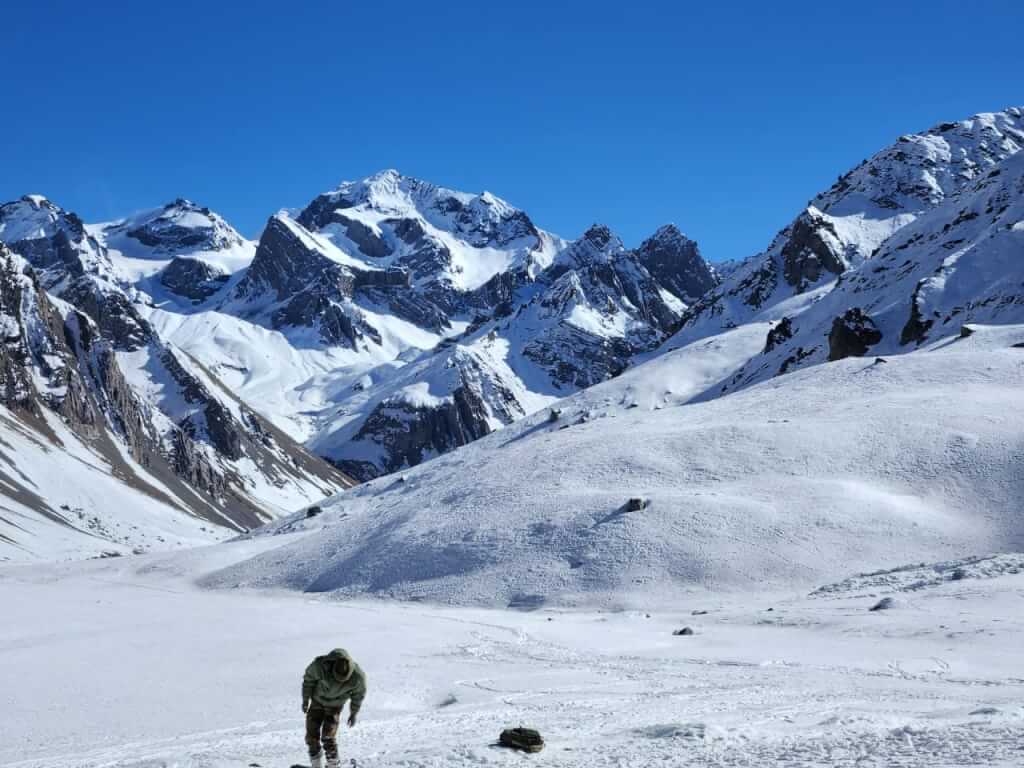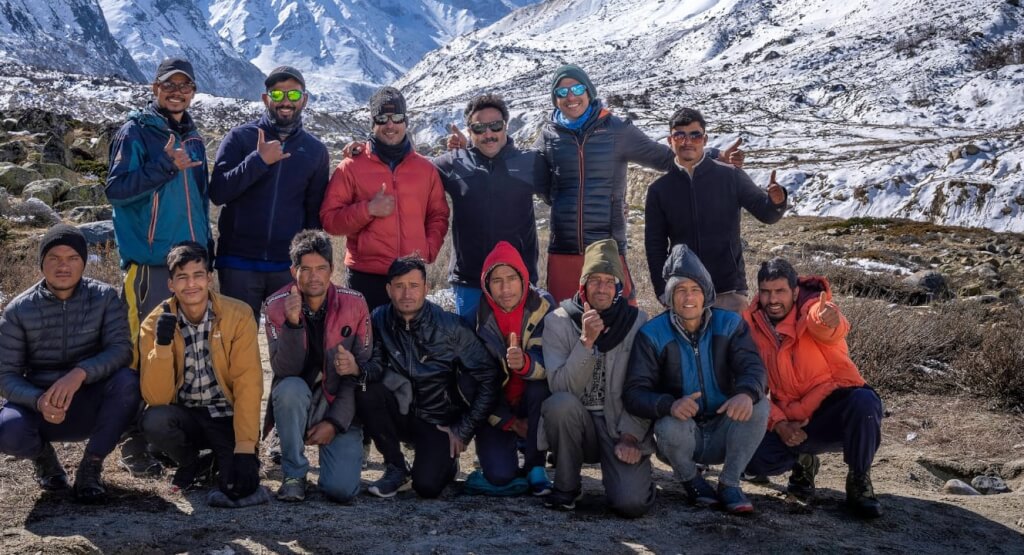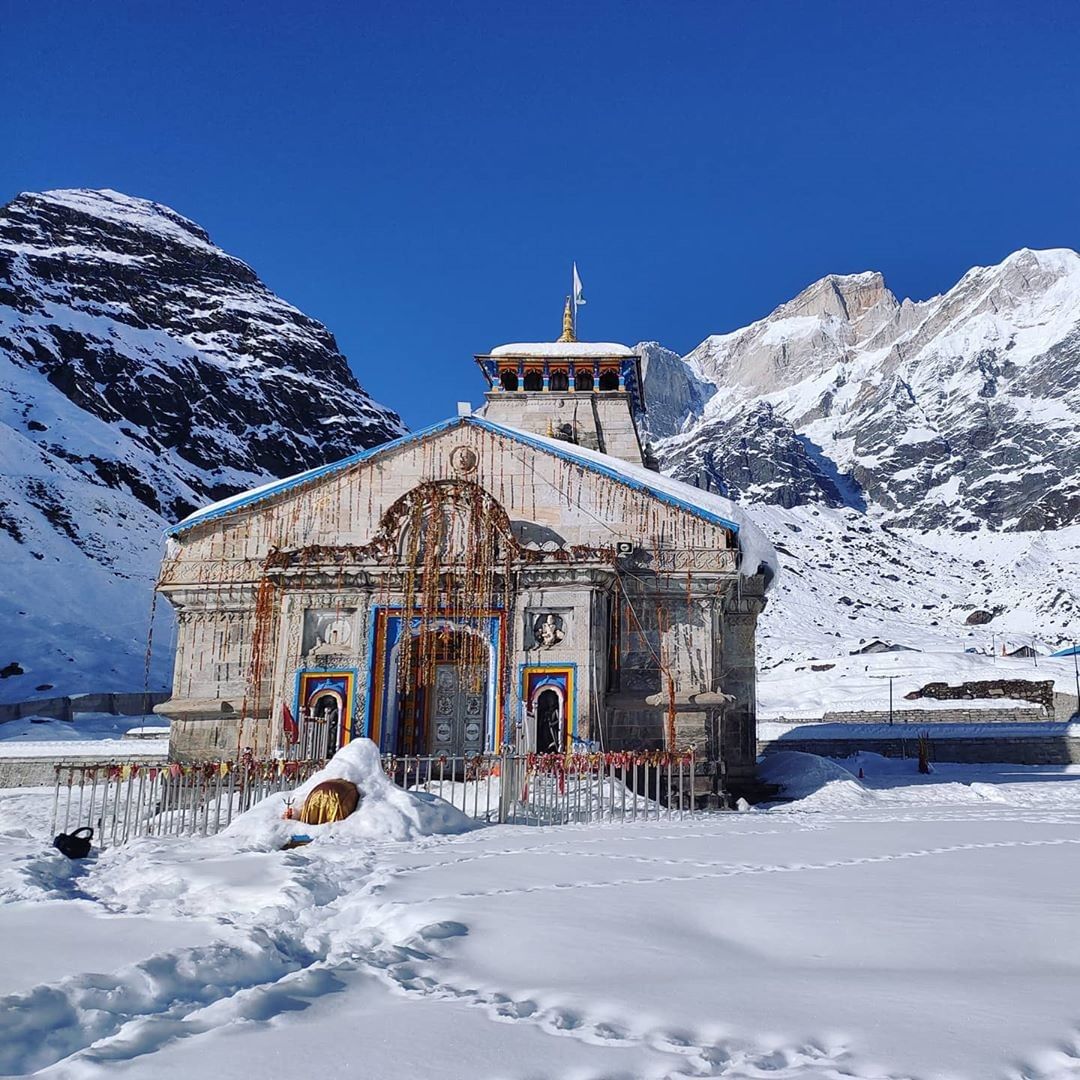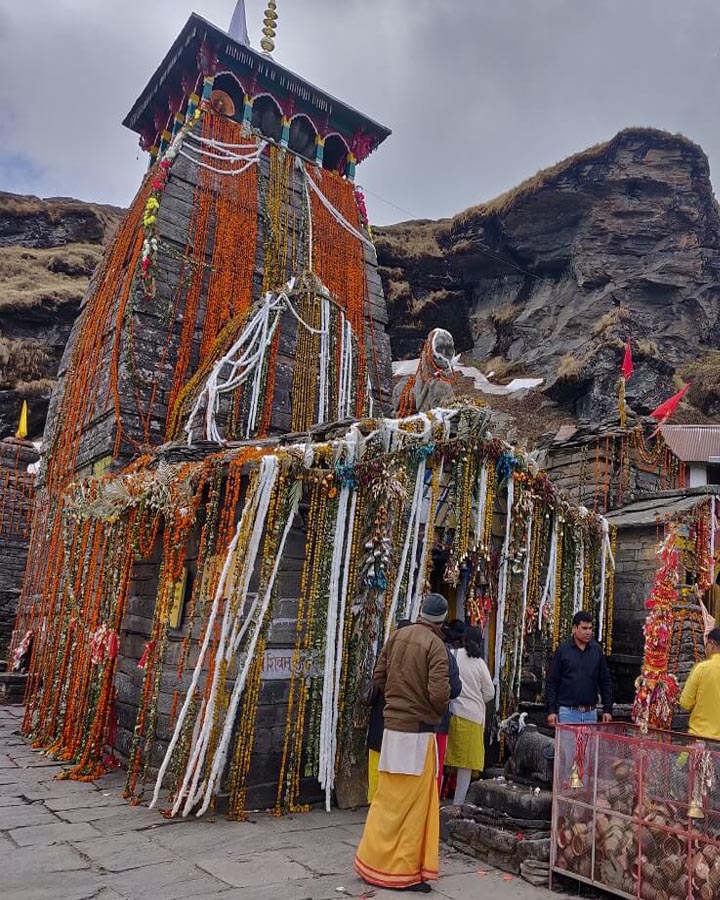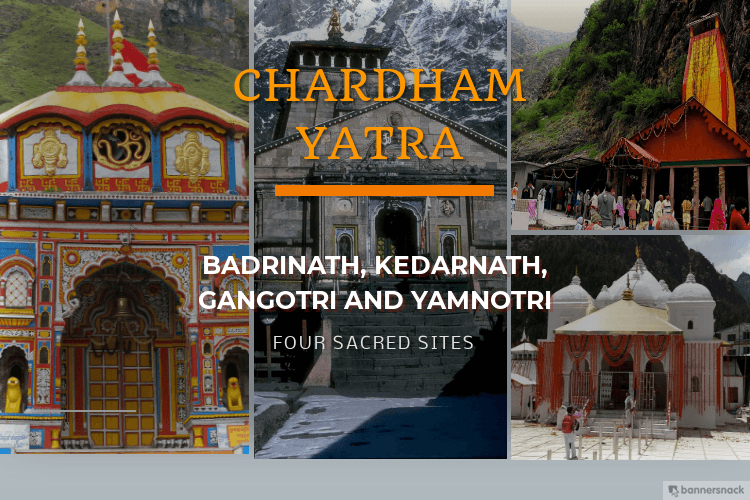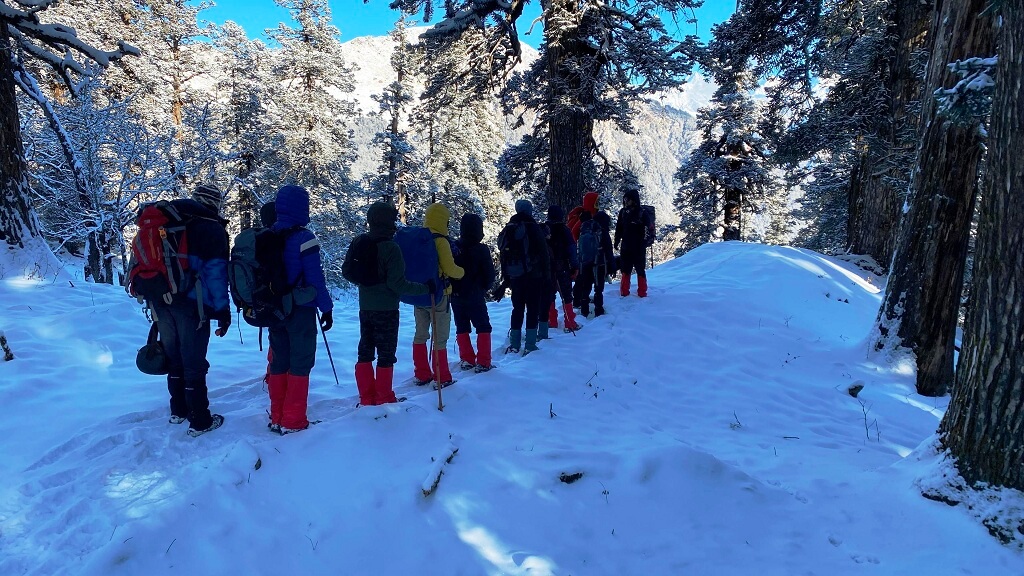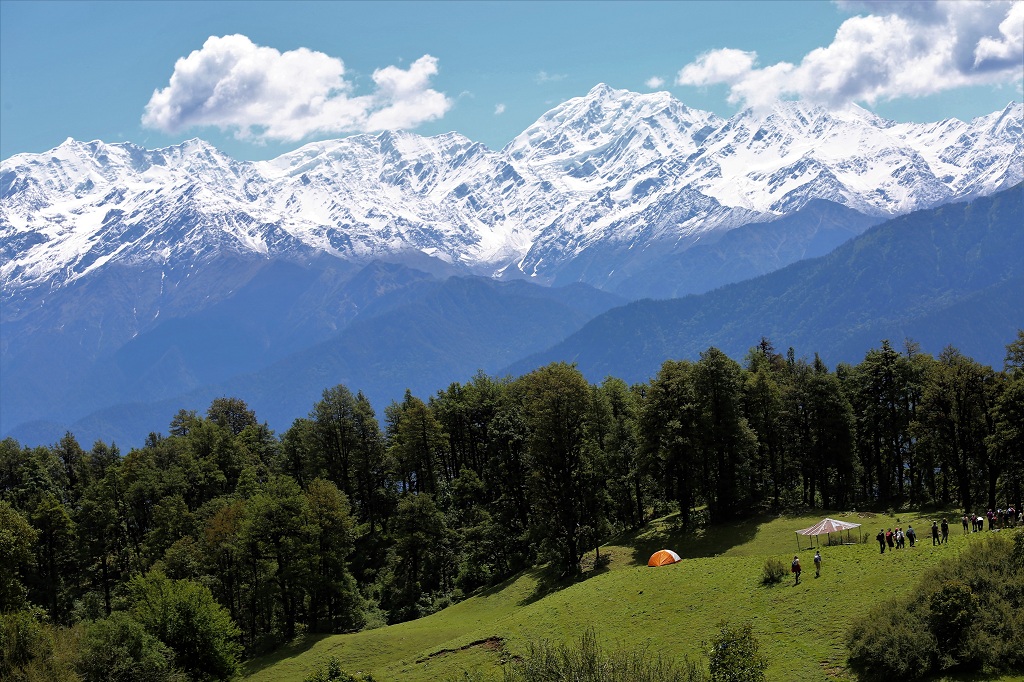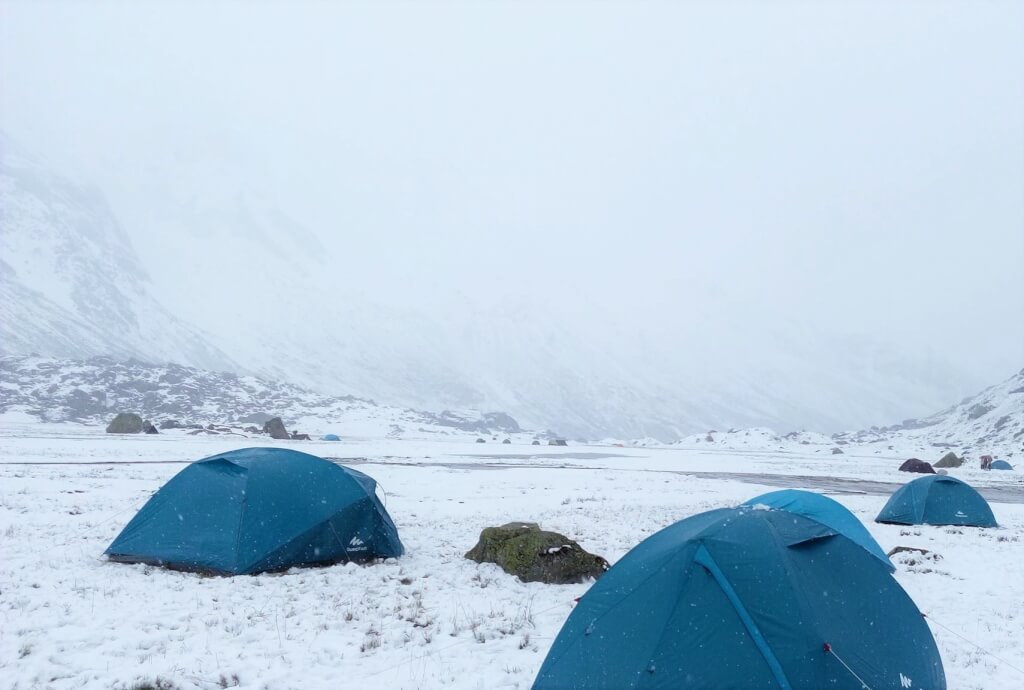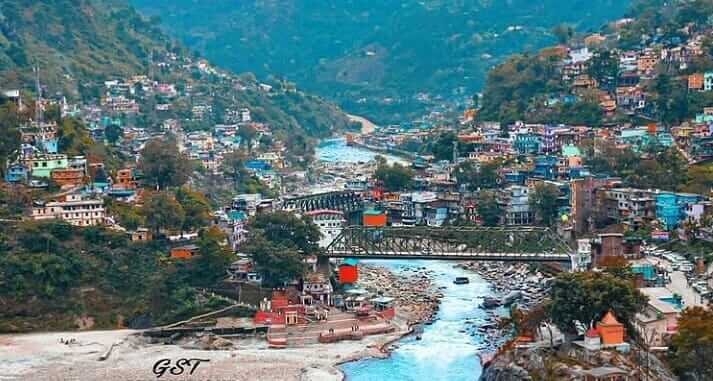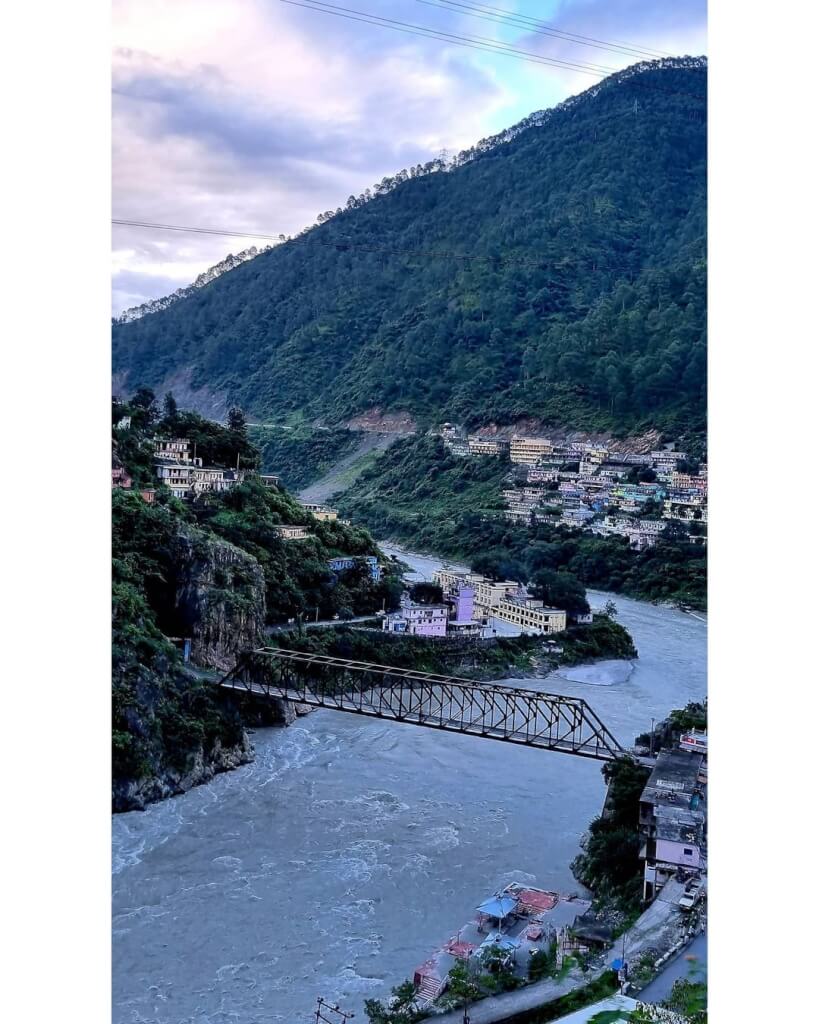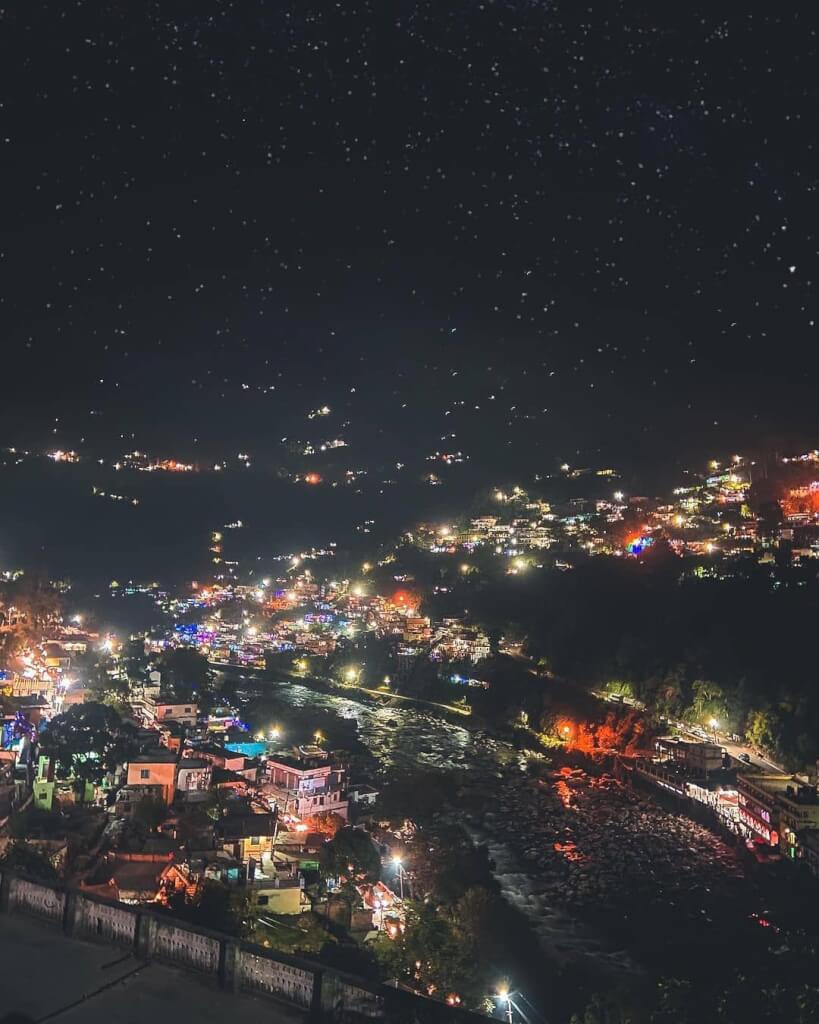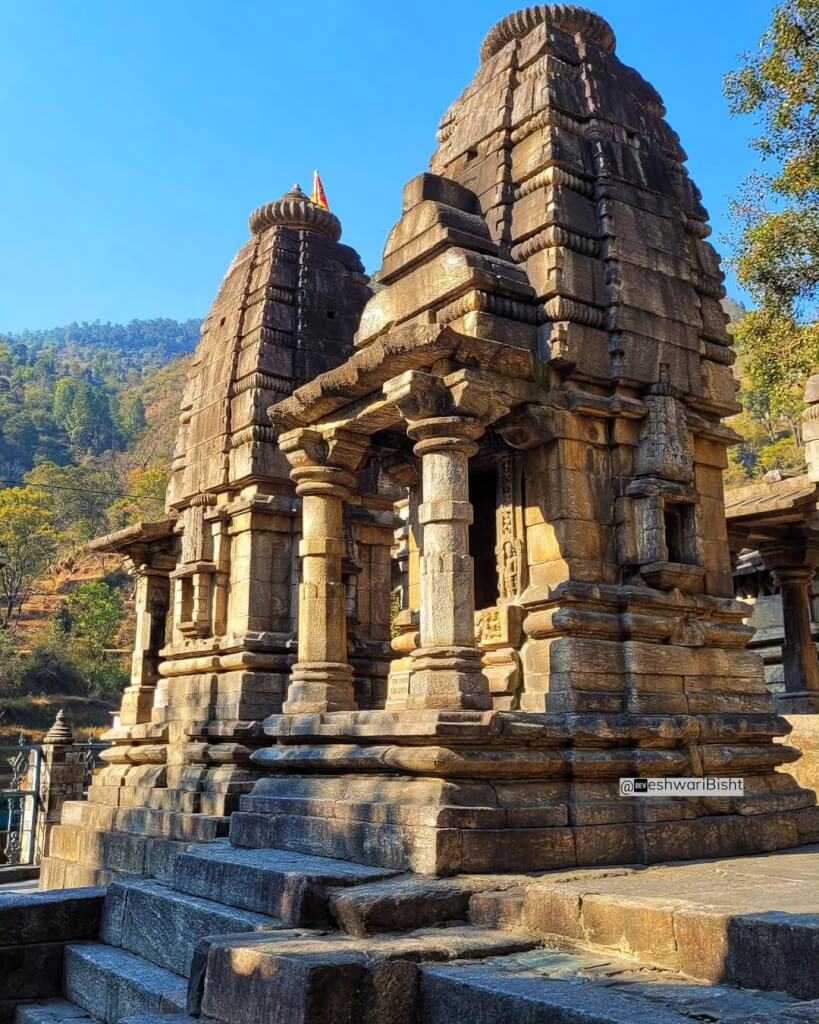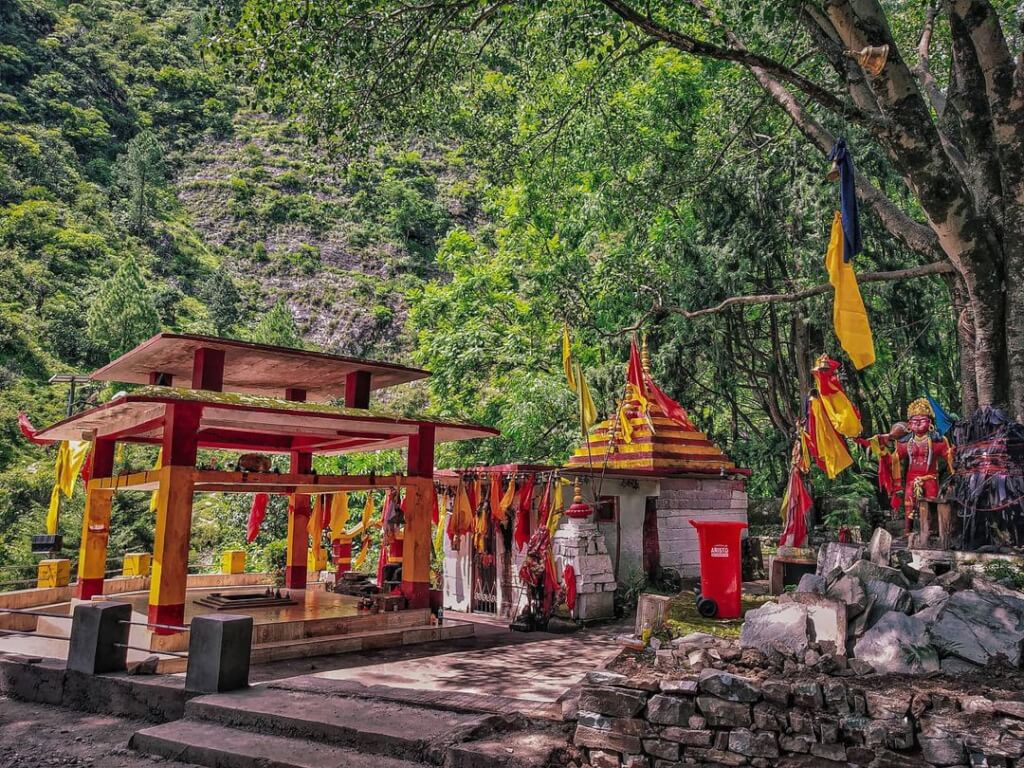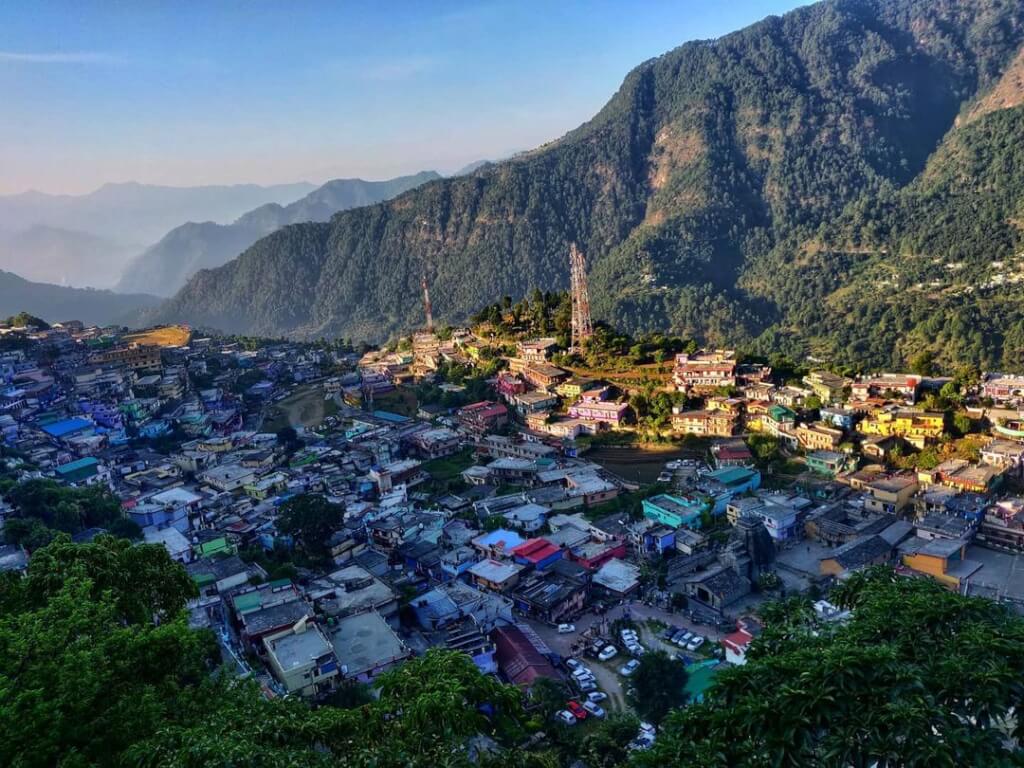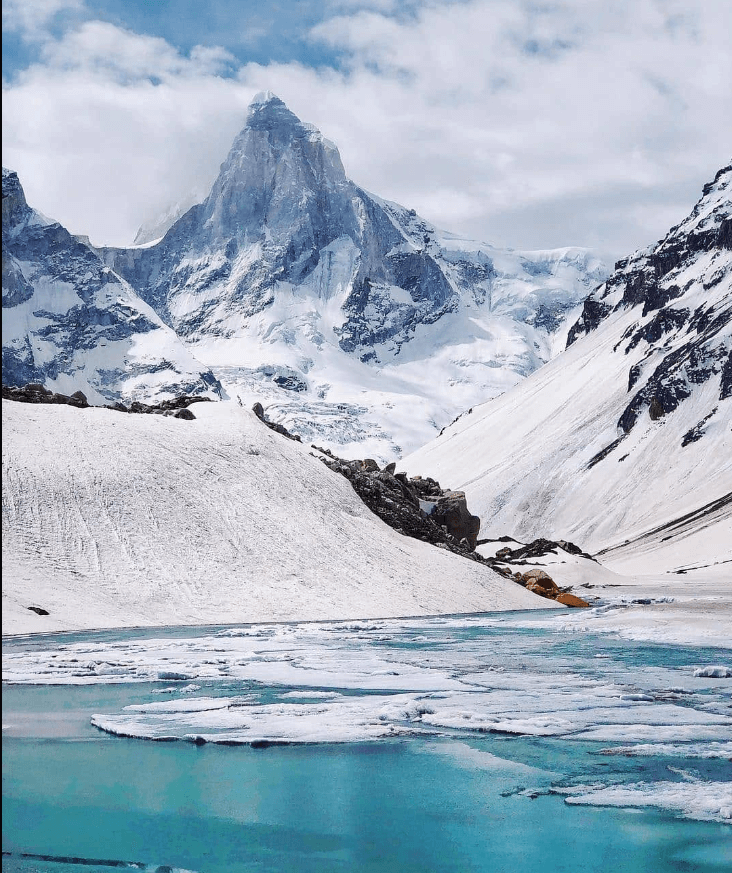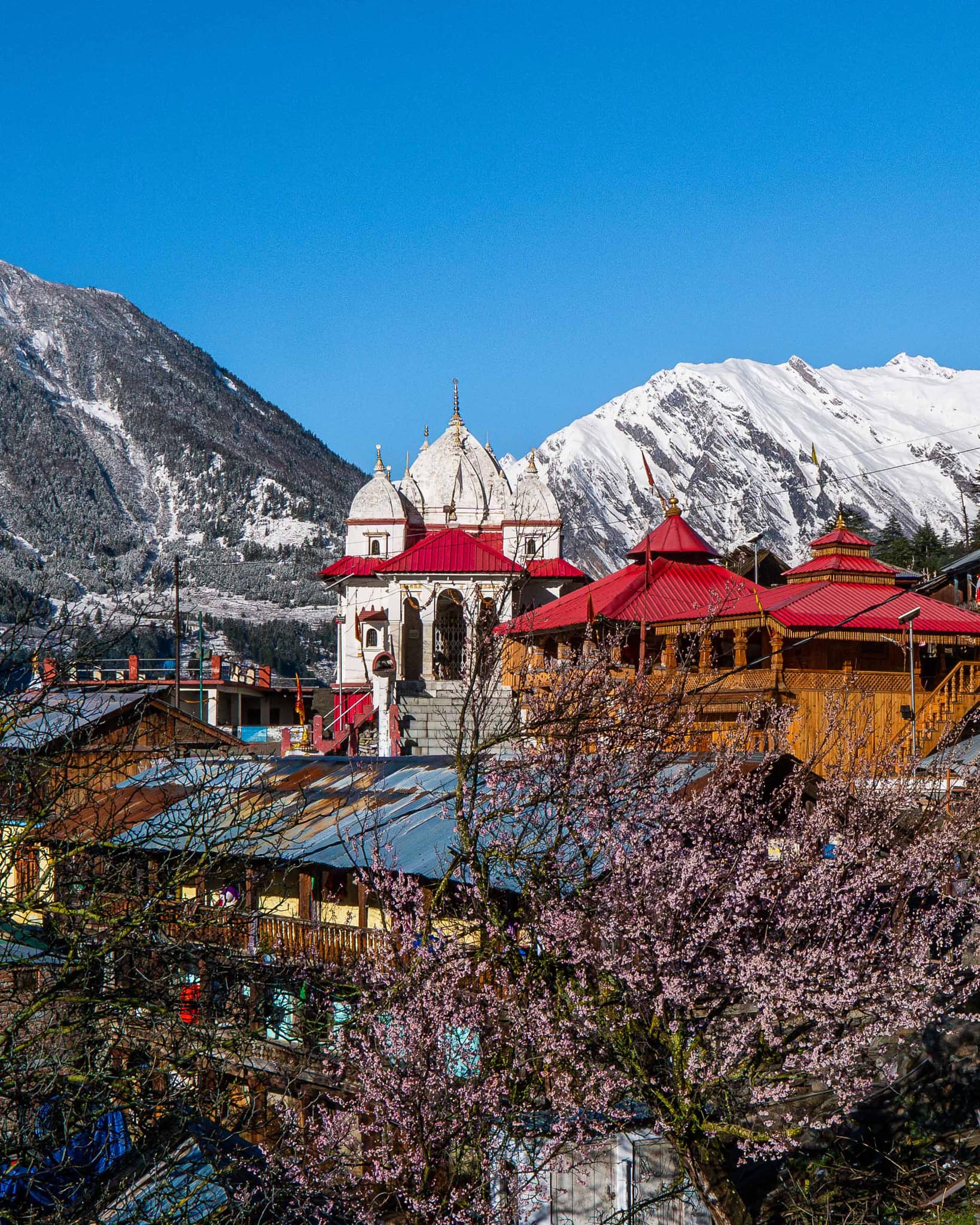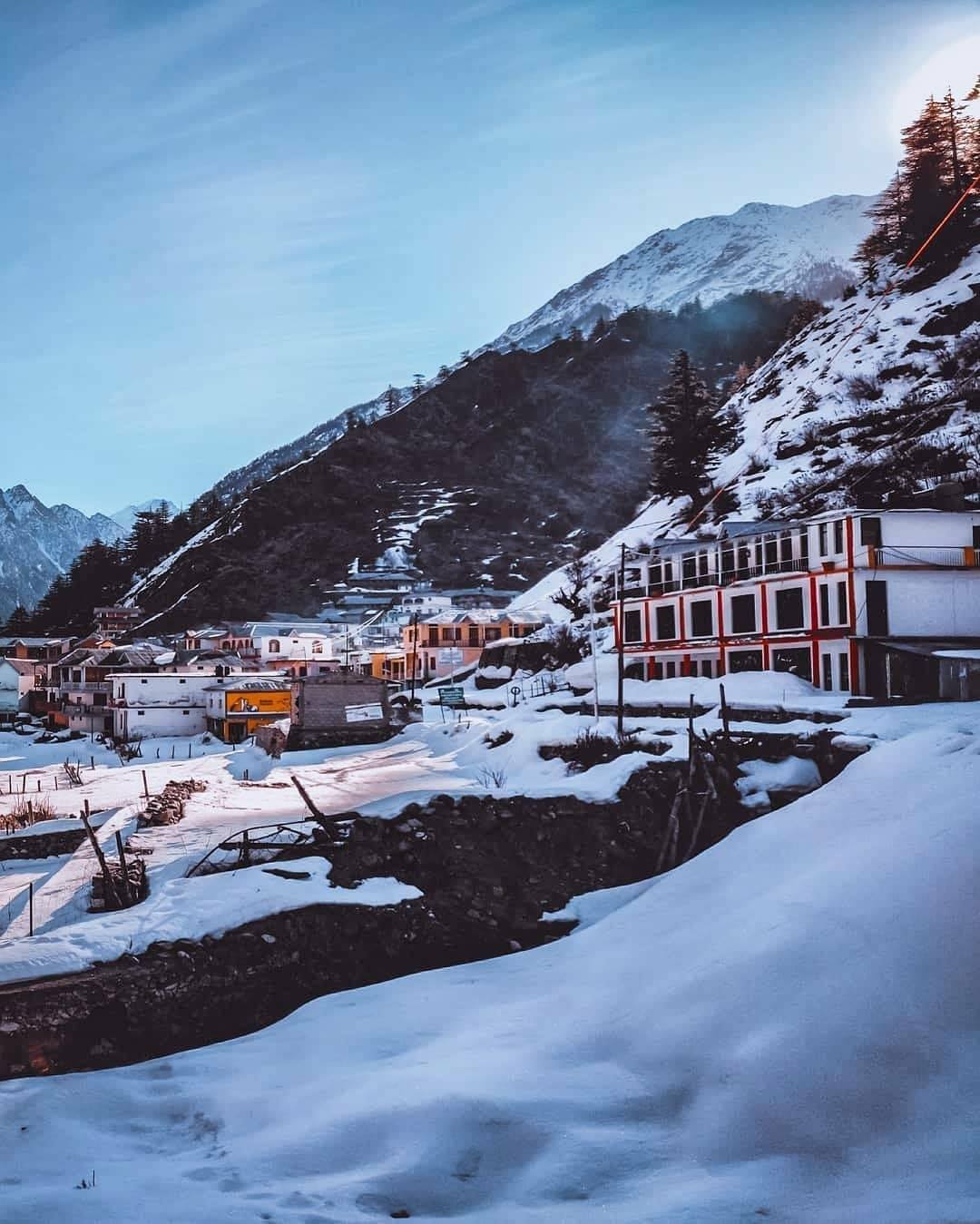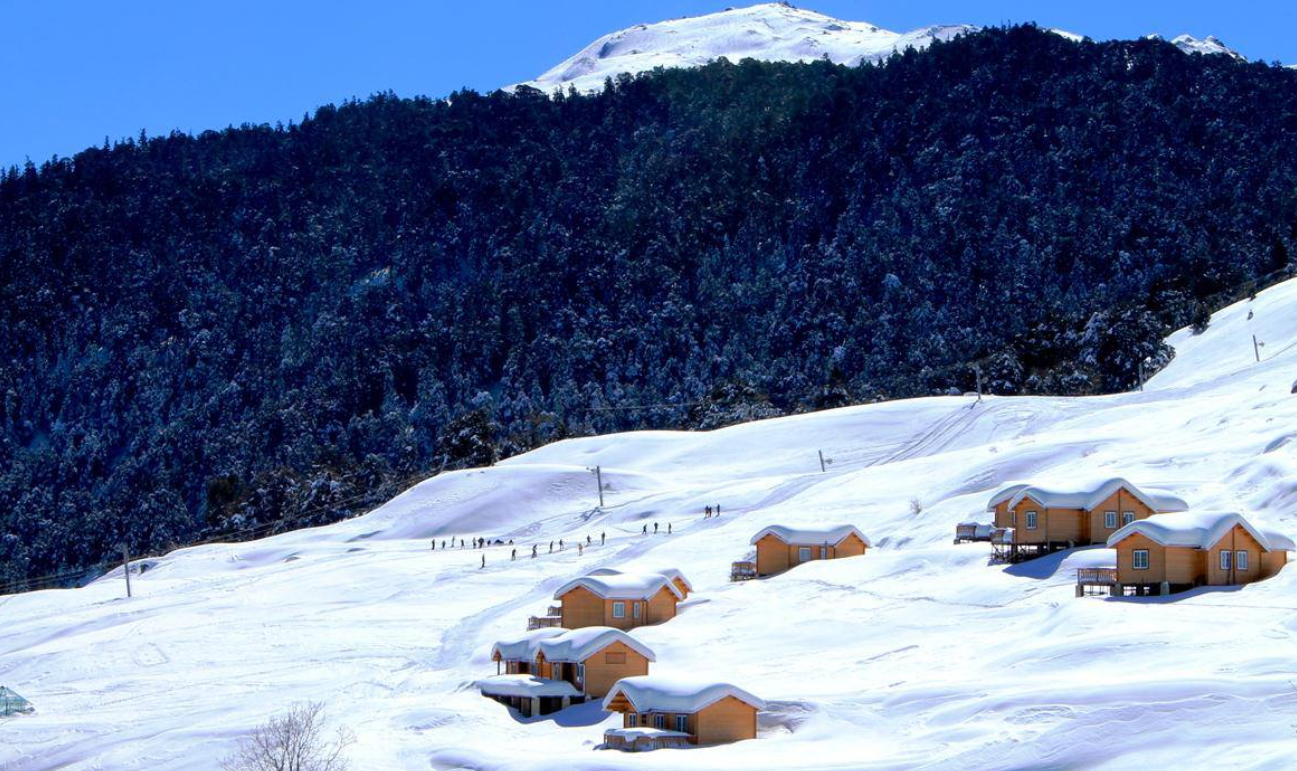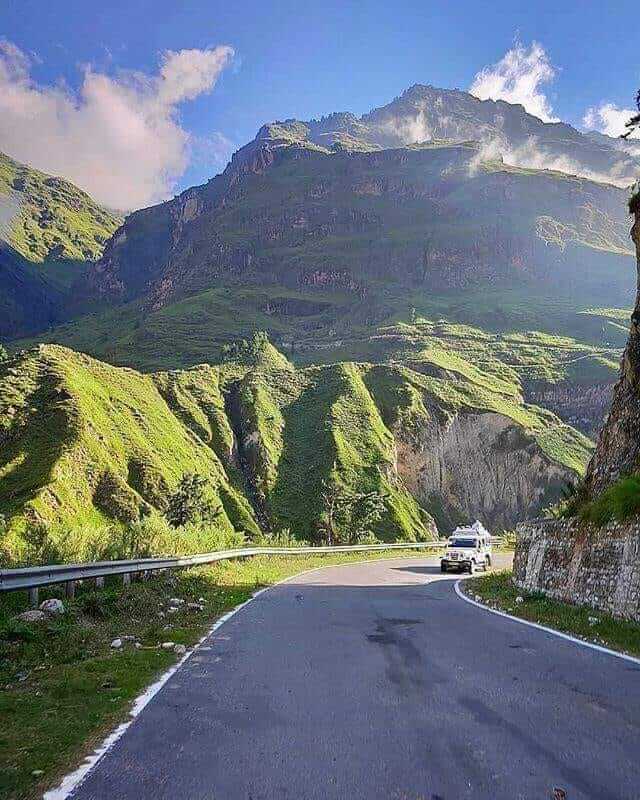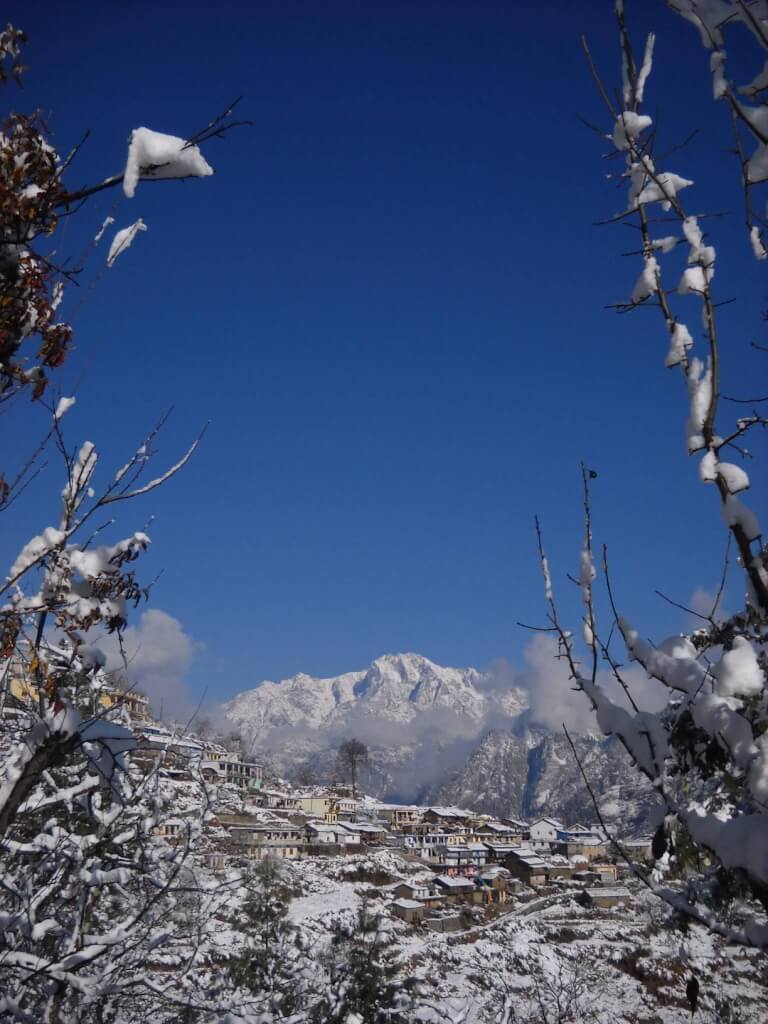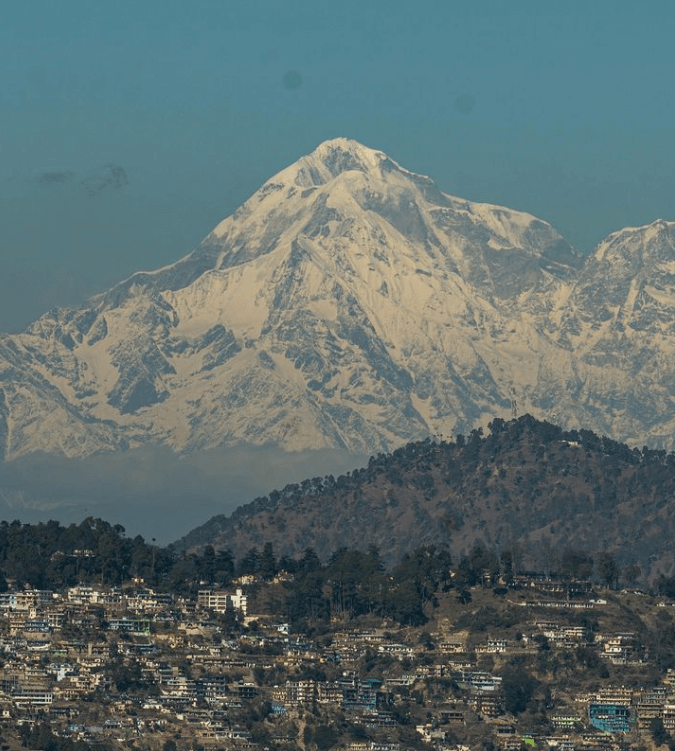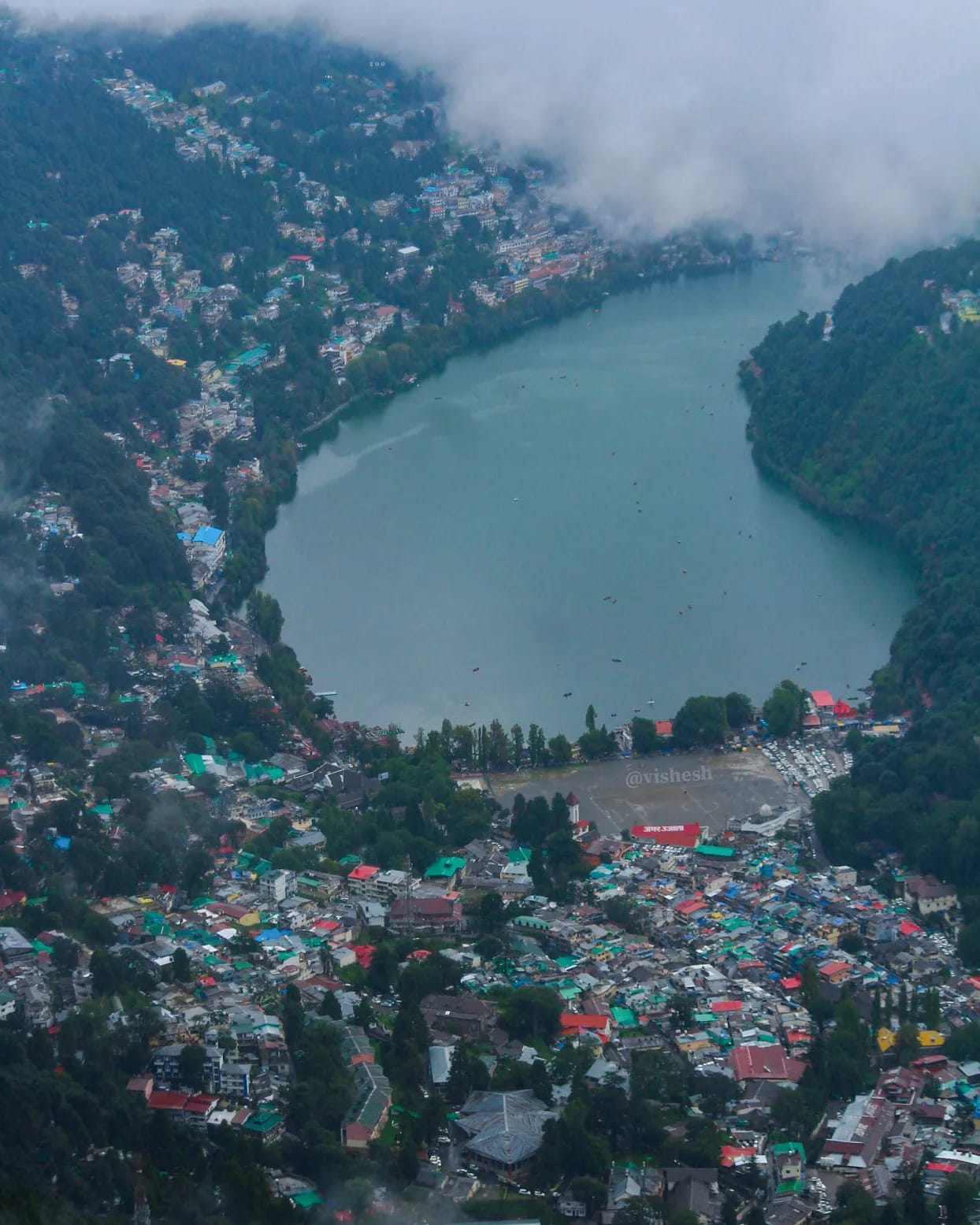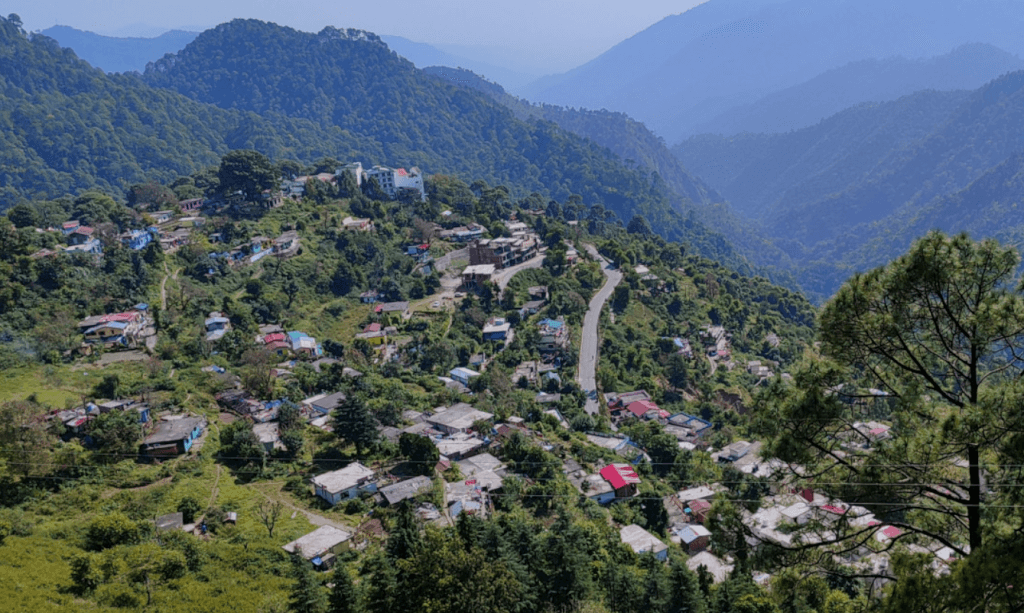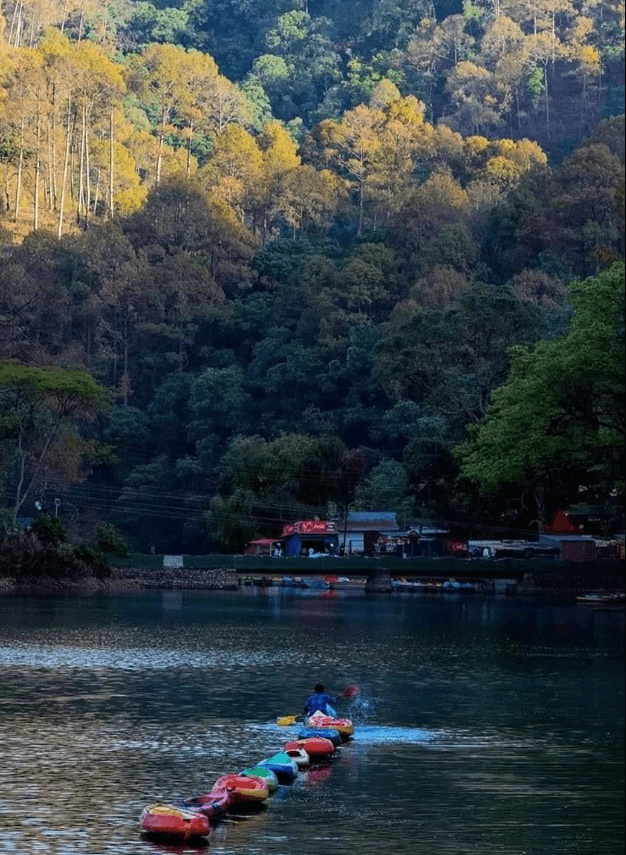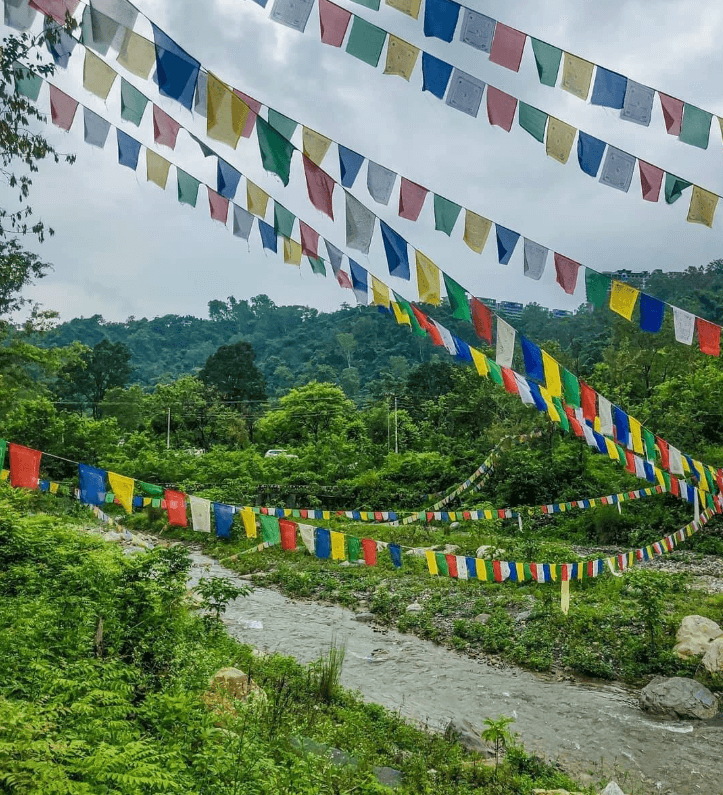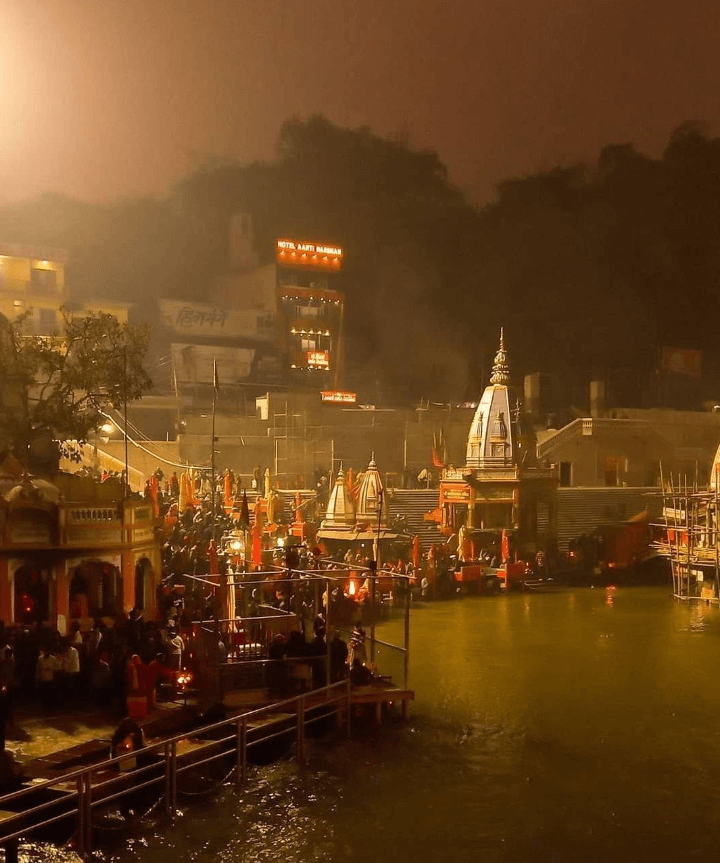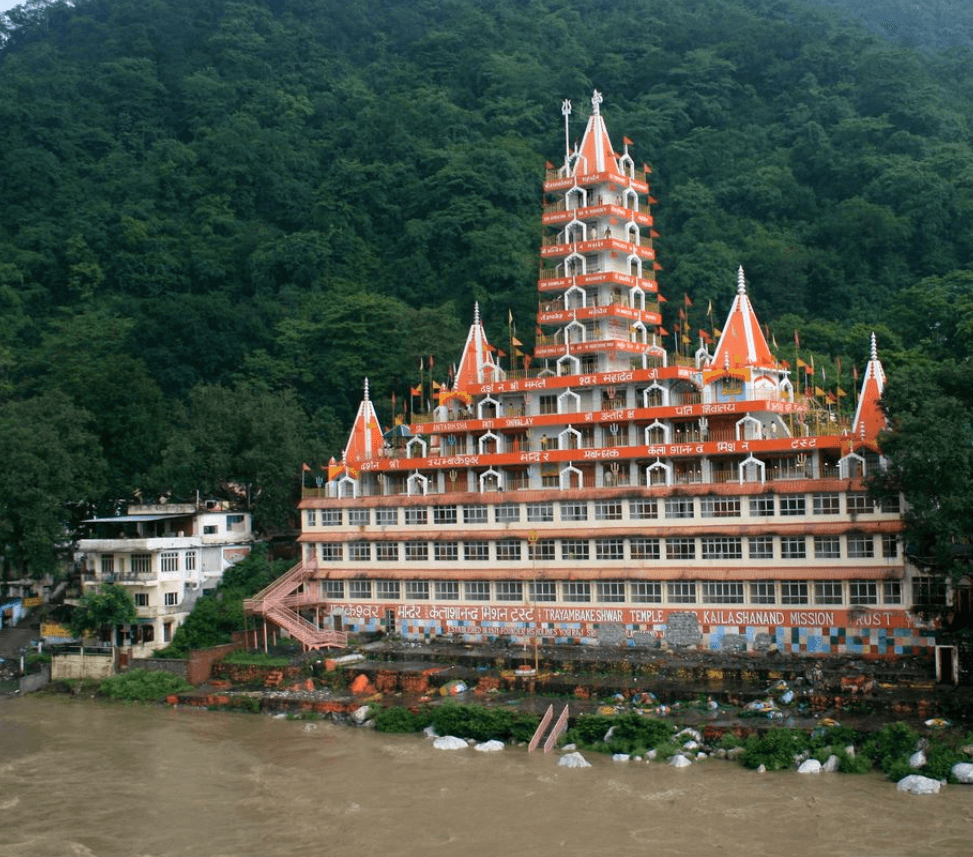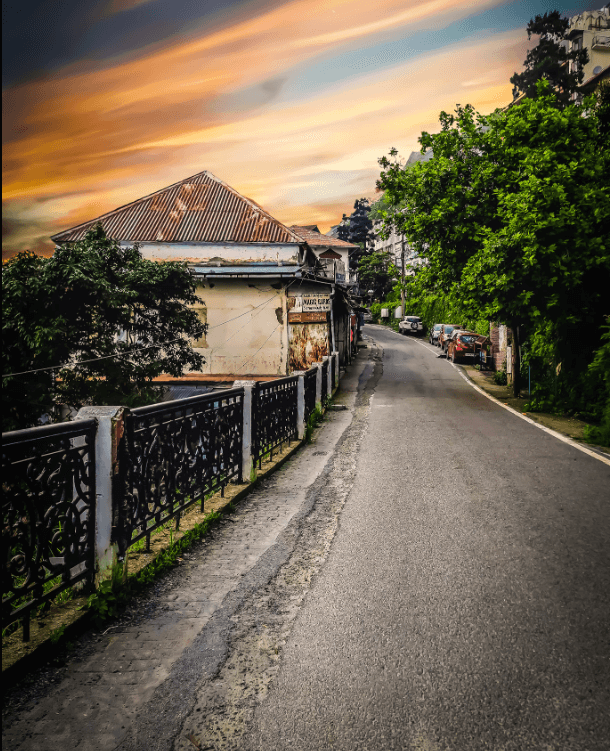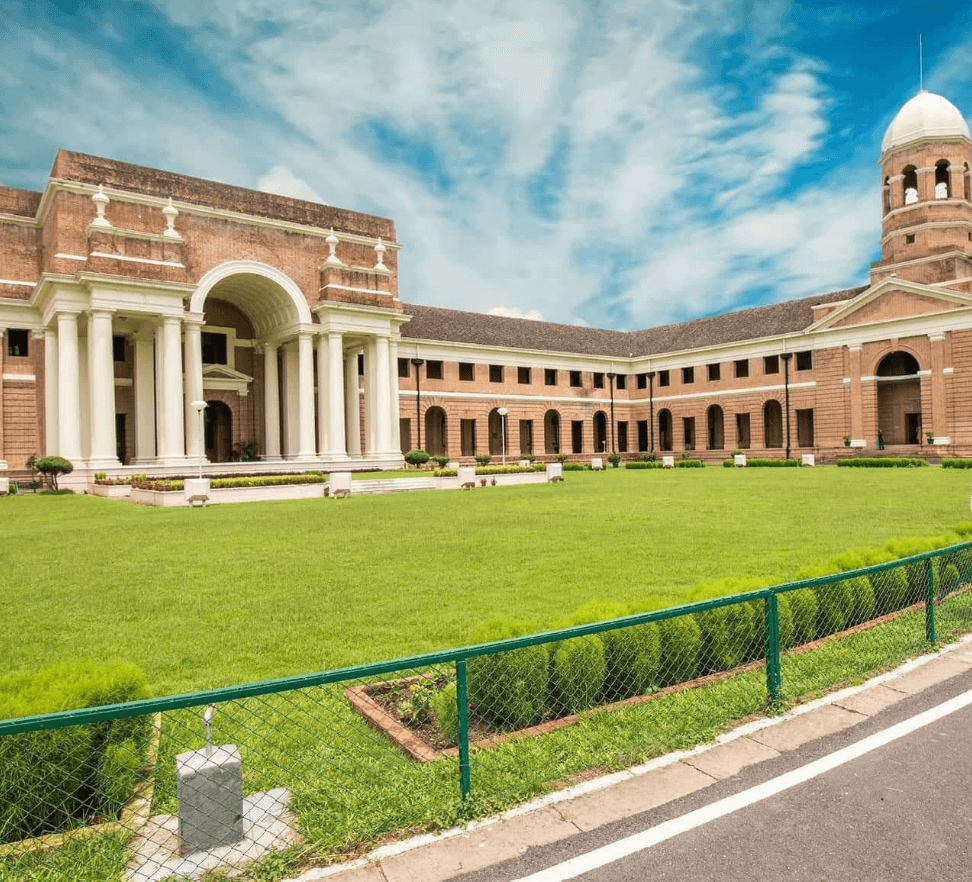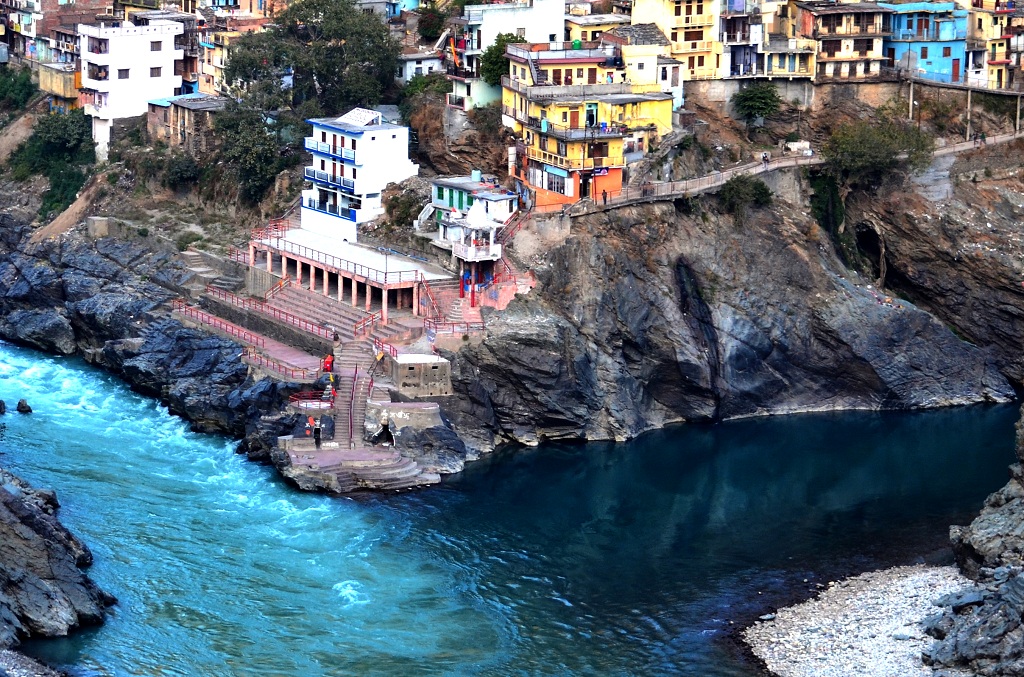1. Where is Uttarkashi located?
Uttarkashi is a town located in the Indian state of Uttarakhand, nestled in the foothills of the Himalayas along the banks of the Bhagirathi River.
2. What are the popular tourist attractions in Uttarkashi?
Popular tourist attractions in Uttarkashi include Gangotri Temple, Yamunotri Temple, Nehru Institute of Mountaineering, Dodital Lake, Dayara Bugyal, and the Kashi Vishwanath Temple.
3. What is the weather like in Uttarkashi?
Uttarkashi experiences a temperate climate with cool summers and cold winters. Summer temperatures range from 15°C to 30°C, while winter temperatures can drop to as low as 0°C or below.
4. What is the best time to visit Uttarkashi?
The best time to visit Uttarkashi is during the summer months, from April to June, and the post-monsoon season, from September to November, when the weather is pleasant and suitable for outdoor activities.
5. What are the best accommodations in Uttarkashi?
Uttarkashi offers various accommodation options including hotels, guesthouses, and lodges. Some popular choices include Hotel Shikhar, GMVN Tourist Rest House, and several budget guesthouses.
6. Is Uttarkashi safe for tourists?
Uttarkashi is generally safe for tourists. However, like any other tourist destination, it’s essential to take necessary precautions regarding personal safety and health. Also, be mindful of the local customs and traditions while visiting religious sites.
7. How to reach Uttarkashi?
Uttarkashi is well-connected by road from major cities like Delhi, Dehradun, and Haridwar. The nearest railway station is in Dehradun, and the nearest airport is Jolly Grant Airport in Dehradun as well. From there, you can hire a taxi or take a bus to reach Uttarkashi.
8. What are some famous festivals celebrated in Uttarkashi?
Some famous festivals celebrated in Uttarkashi include the Ganga Dussehra, Makar Sankranti, and the Kedarnath Temple opening ceremony.
9. What are the trekking options in Uttarkashi?
Uttarkashi offers various trekking routes, including Gaumukh-Tapovan Trek, Gangotri-Gaumukh Trek, Dodital Trek, Har Ki Doon Trek, and Yamunotri Saptarishi Kund Trek.
Adi kailash Yatra Package From Kathgodam
How To Reach Sankri
Sankri is a picturesque village located in the Uttarkashi district of the Indian state of Uttarakhand. It serves as a…
Adi Kailash
Adi Kailash, also known as Chhota Kailash, is a sacred mountain located in the Indian state of Uttarakhand. Standing tall…
Adi kailash Yatra from Delhi
Yatra Overview Reporting Time & Place :- Ajmeri Gate Side at 0900 Hr Save 20% on Yatra CostRs 42,000/ (Delhi to Delhi)…
Adi Kailash Yatra KMVN
Adi Kailash & Om Parvat Yatra Trek Overview Duration: 06Nights / 07 Days …

